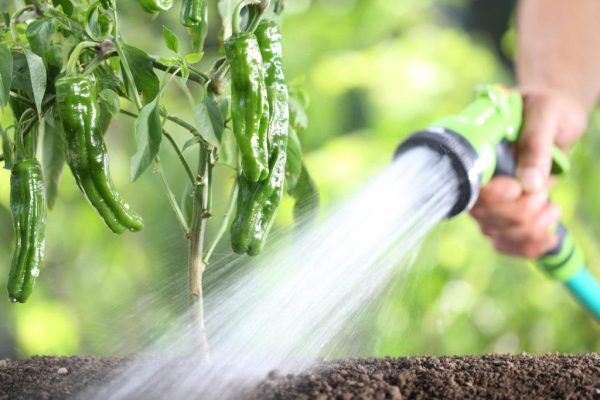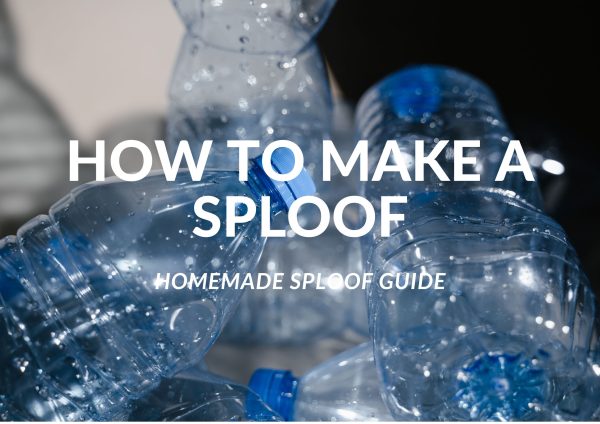Training during the vegetative stage is important as it allows you to get the most out of your plants. There are different ways to train your plants: some are high stress and others are low stress. We will go over a few methods so you can pick the best one for your situation.
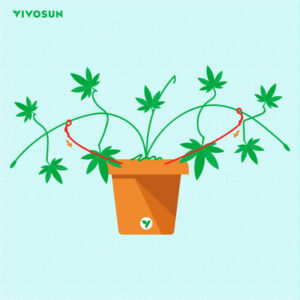 Low stress training: this includes bending and tying your plants down and does not involve cutting or breaking your plant. With horizontal training you teach your plant to grow more branches upwards which then allows it to produce more tops equaling more flowers. This puts the least amount of stress on your plant while providing better harvests.
Low stress training: this includes bending and tying your plants down and does not involve cutting or breaking your plant. With horizontal training you teach your plant to grow more branches upwards which then allows it to produce more tops equaling more flowers. This puts the least amount of stress on your plant while providing better harvests.
Bending: you can do this with basic tools like bonsai wires or plant staples. Wrap the wire around the main stem in a corkscrew form and do this 3 – 5 inches up the stem. Next, slowly bend the plant over and the main stem should not break but will bend slightly in a horizontal position; the wires will help keep the stem in place. When using plant staples the method is the same but instead of wires you simply place the staple into the soil and bend the plant into a horizontal position so it touches the soil.
Tying: many growers use binder clips on the top of their grow pot (spaced evenly around the edge), which allow you to use cotton string or yarn to tie the plant down using the rung of the binder clip to hold the other end of the string. Start by slowly, loosely tying one end around the plant and then pull the string through one of the rings until the plant is bent over and then tie it off. As the plant grows you can spiral the main stem by tying the new growth to the next clip around the pot.
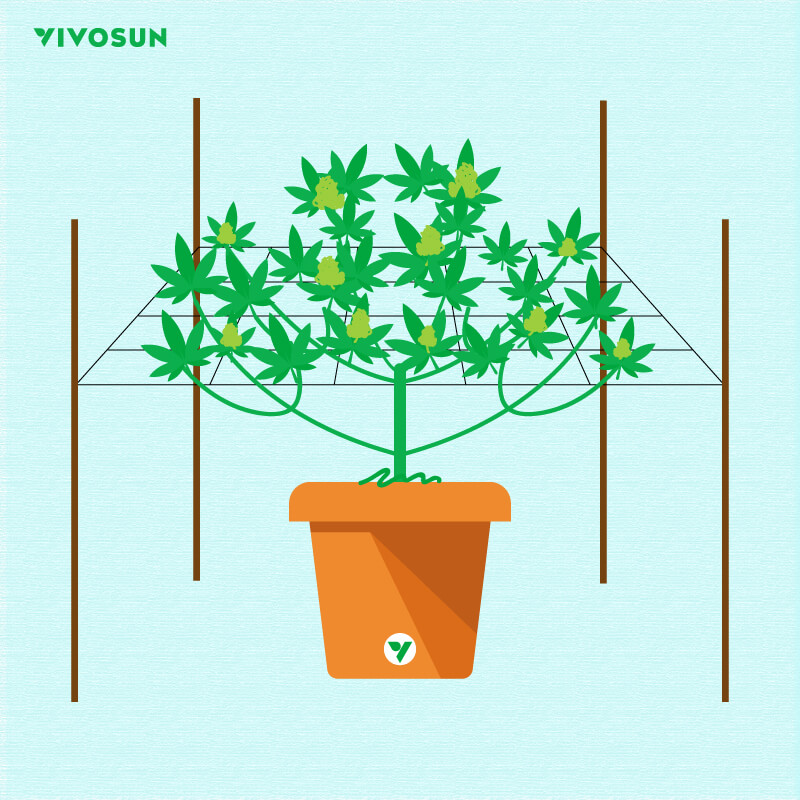
Screen of Green: This method uses a screen or netting and requires you to bend the tops of the plant into the screen to create a “flat” plant with many tops that will later bloom into flowers. This method can take longer than other types of training since you must continue to bend the plant through the screen until as much of the screen is filled up as you desire. This method is better to be used with clones than un-sexed seeds since you don’t want to waste a lot of time and effort training males.
High stress training: this includes topping, fimming, and supercropping. This method can stress your plants a bit more so more recovery time is required but the end results are usually pretty excellent! Let’s take a look.
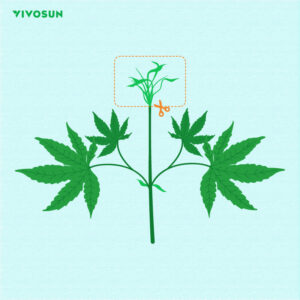
Topping: topping is the easiest method that requires few tools. This method turns one main stem into two. Around the 5th or 6th node (where new leaves form) simply cut the top off the plant near the node (above the node). This will allow the plant to grow 2 main stems where you cut it. You can do this multiple times to create as many tops as desired.
Fimming: This is similar to topping, but instead of clipping the main stem you cut the top sets of leaves. You start by pinching the top sets of leaves and cut around 70% of the top set off. This method is less stressful than topping and can provide 4 main stems instead of 2!
We hope this gives you a better idea about what method may be right to you. If you have any questions please reach out and we will be happy to help!

